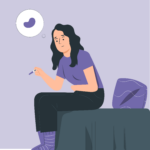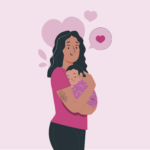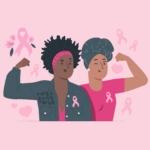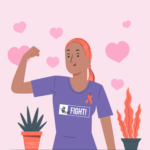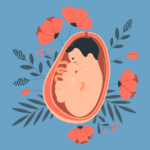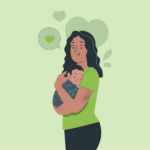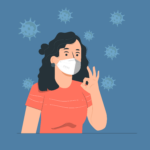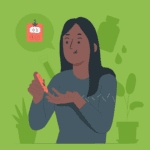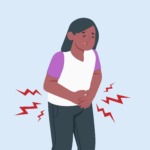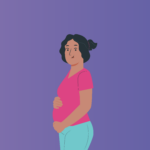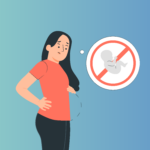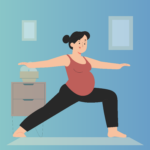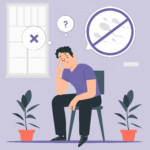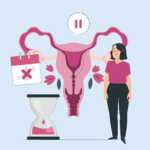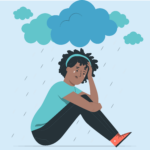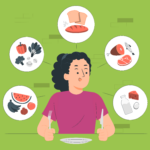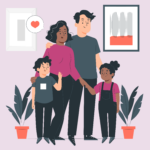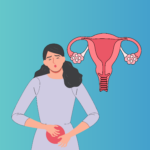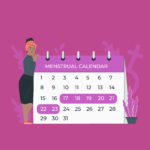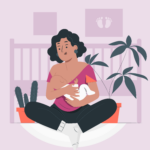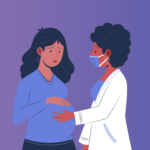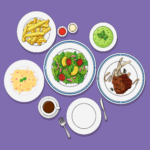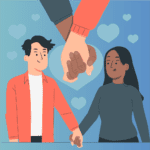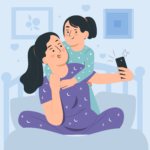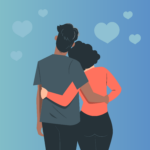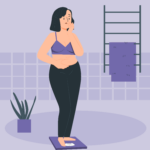Nabta’s Story: Part 1 – The Before Period


I was a late starter. Late to puberty, late to make-up (I still don’t really wear any), late to the appreciation of nice bath products. Late to hidden meanings in films, late to appointments. An ugly, awkward teenager with blocky braces and rimless glasses that didn’t suit me.
My mother only told me how babies were made when I was eleven years old. Nowadays, children in the UK learn about the facts of life much sooner – sometimes as young as four of five, which seems to me to be a desecration of childhood innocence, but each to his own. It’s less relevant for this part of the world. Even at eleven years old, I wasn’t really ready to hear the truth; it would be another couple of years before I got my head around it. I maintain to this day that my mother sabotaged me.
As it transpired, I was to be a late starter in terms of almost everything that made me a “woman”. Including my period, which arrived a couple of months after my sixteenth birthday and then proceeded to be wildly irregular for the first ten years of my adult life. The average age of menstruation is twelve and a bit years, so sixteen is late by any standards. Late enough, in fact, that about six months previously my father (who is a doctor) had suggested, slightly awkwardly, that I might like to go and get myself checked out. I politely declined.
I don’t remember much about my first period except that it happened so quickly I wasn’t really sure it had happened at all. I do remember thinking, “Is this it? What’s all the fuss about?” Of course, by the time my second period had come and gone – lasting a full seven days, heavy, and accompanied by the tell-tale cramps and emotional maelstrom – I had drastically altered my opinion.
It was the irregularity of my cycle that prompted me, long before such things were fashionable, to download a period-tracking app and start trying to understand exactly how the thing worked. I never got as far as taking my temperature every day, but I did monitor a whole range of physical symptoms, including when my period started and how heavy it was on particular days.
Just this – the simple fact of tracking my period – made me feel much more in control. I could see, for example, that although my periods felt like they came and went with reckless abandon, there was a pattern to them. My cycles were longer – the shortest around 31 days and the longest somewhere between 50 and 55 days – but on average, they tended to be between 31 and 34 days. I started buying sanitary items in advance; I took them with me on holiday. I stopped worrying.
By the time the moment arrived for me to start thinking about marriage and babies, I felt pretty sure that I knew what I was doing. My periods were starting to settle down and I was using the Billings Method of Natural Family Planning (NFP) to accurately predict when I was fertile.
None of this would have been possible without my period tracking app. If I could have changed one thing about it, it would have been to make the daily logs a little bit more comprehensive and accessible. At the time, the user experience was pretty unfriendly. I could also have done with a gentle reminder the day before my period started so that I remembered to take the necessary items with me if I went out. After you have children, of course, the signs associated with fertility change.
My objective with Nabta Fertility is to create a product that caters for all ages and stages in life – whether you’re just entering puberty and need a guide to navigate its ups and downs, or you’re looking to start a family and would like to plan the next step effectively. Or if the reproductive phase of your life is coming to an end, and you need a support system to see you through the transition.
That is what we are; that is what Nabta hopes to be. A guide, a support, a friend. A community to learn from, a small group of peers to confide in, a vast cavern of information to mine. Nabta’s story is my story, but my story is also every woman’s story.
That, I think, is the real beauty of it.



